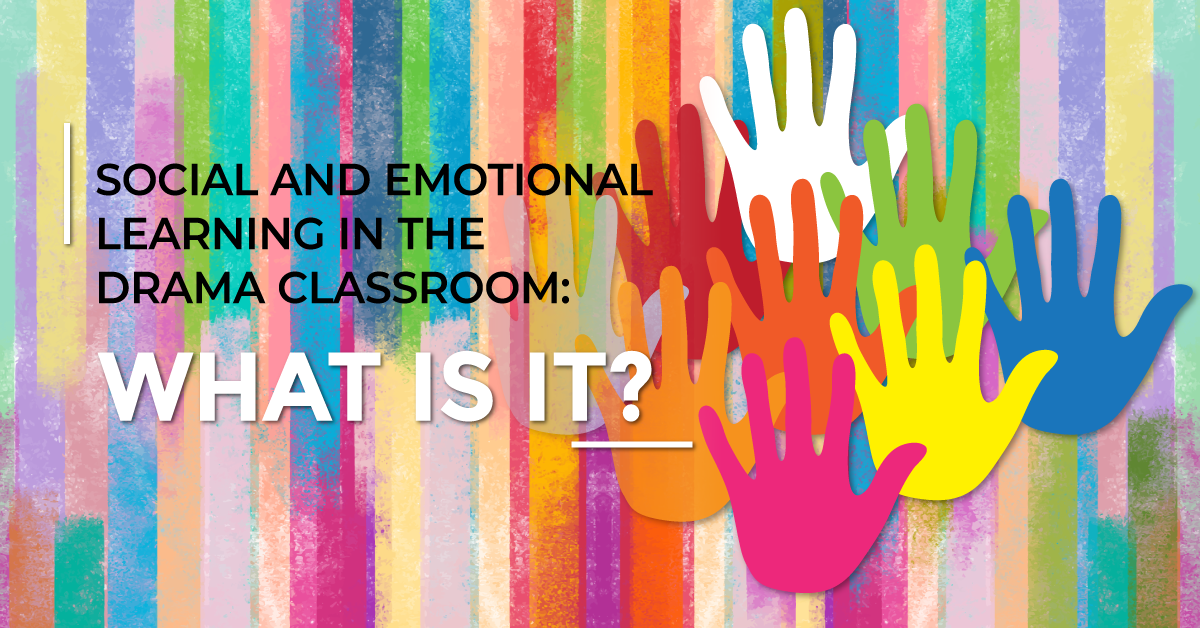🐔 Why did the chicken cross the road? To spark powerful conversations! The new competition version of Chicken. Road. is a compelling, issue-based play that creates space for meaningful discussions. A perfect choice for your next one-act festival. Click to learn more!
Closure Practices for the Drama Classroom
What is a closure practice? A closure practice is a way for students to separate the work done in drama class or rehearsal from their everyday life. When working on intense exercises or scenes in the drama classroom, the body doesn’t know the difference between the made-up stress that students are performing and real-life stress. So it’s important that students have tools to prevent taking heavy feelings with them after completing the work in the drama classroom.
Closure practices can be done individually, with scene partner(s), or as a full group. Different students might prefer to do closure practices differently, depending on what work they did that day and who they did it with. Closure practices aren’t required, nor do they have to be long or complicated. Again, what students might need could vary from day to day.
Here are some simple closure practices you and your students can explore:
- Check in with your students to see how they’re feeling. They can rate how they’re feeling out of 10 — 1 being awful and 10 being amazing.
- Release energy. Energy and tension can build up in the body during intense moments, and it’s important to do something to release it so students aren’t carrying those feelings with them. Physically shake it out, clap hands, drum on the floor, or put on some music and dance it out.
- Lead students in a brief guided meditation where they “take off” their characters like a coat, and leave any potentially stressful feelings or situations behind. Leave the character in the drama classroom.
- Thank your students for their work, and have them thank their scene partners for being brave and vulnerable and taking risks.
- Try grounding exercises. Have students sit or lie down on the floor, and imagine roots coming out of their bodies into the ground below them. Have students imagine any negative or heavy feelings melting out of their bodies and into the ground. Check out some other mindfulness exercises here.
- Do some box breathing (breathe in for four counts, hold for four counts, exhale for four counts, pause for four counts, repeat) or other breathing exercises. Or, have students breathe in for four counts and exhale, yawn, or sigh for six counts, repeating as necessary.
- Take a few minutes at the end of class to journal or free write any feelings, questions, or thoughts that arise. Depending on how they’re feeling afterwards, students may wish to keep the notes or crumple up and discard the paper.
Feel free to adapt these suggestions or create new closure practices that work for your students. Share them with us too! You may not need to employ closure practices every day, but it’s good to have these ideas handy when the need arises. Ask your students how they could apply these practices to other areas of their lives outside the drama classroom as well.



